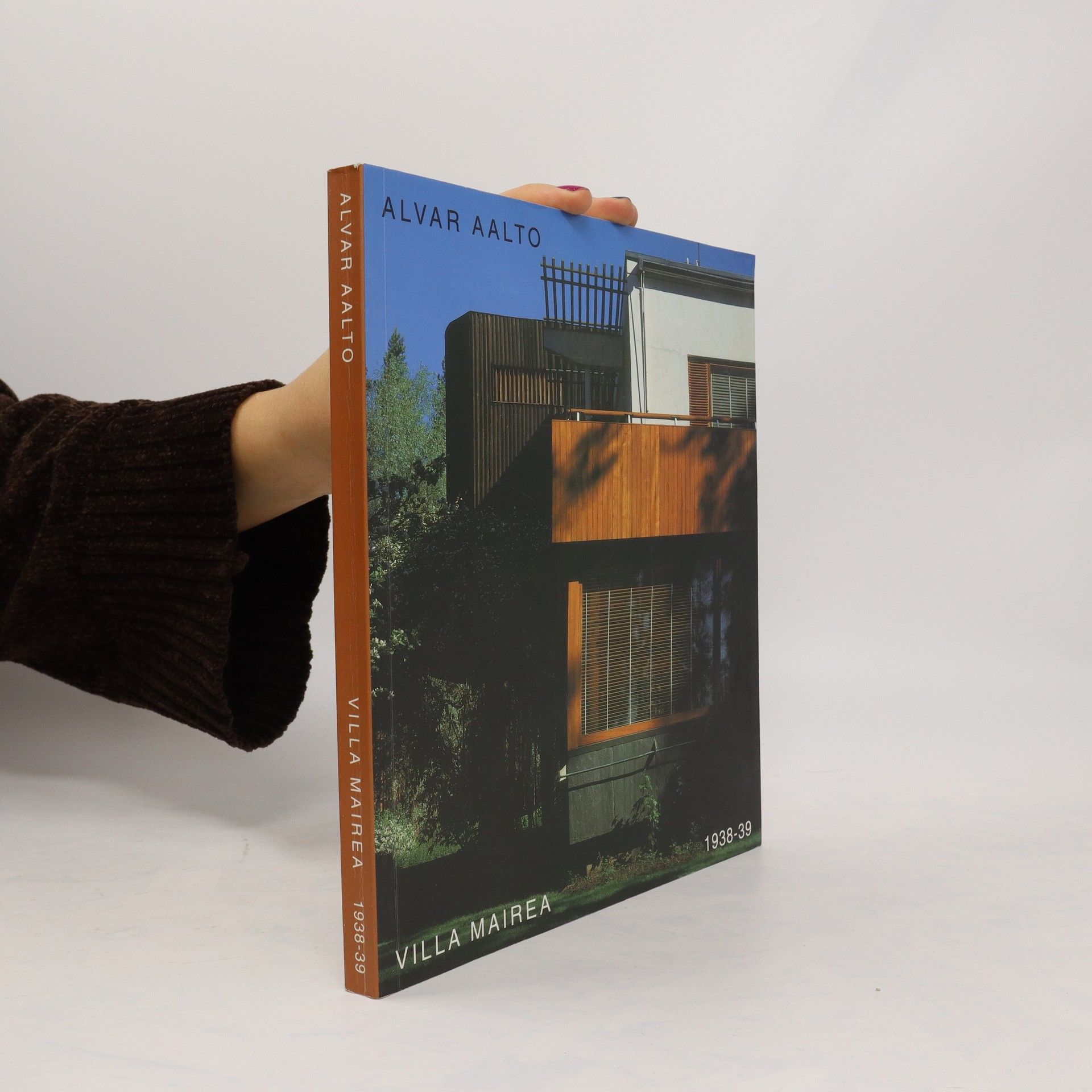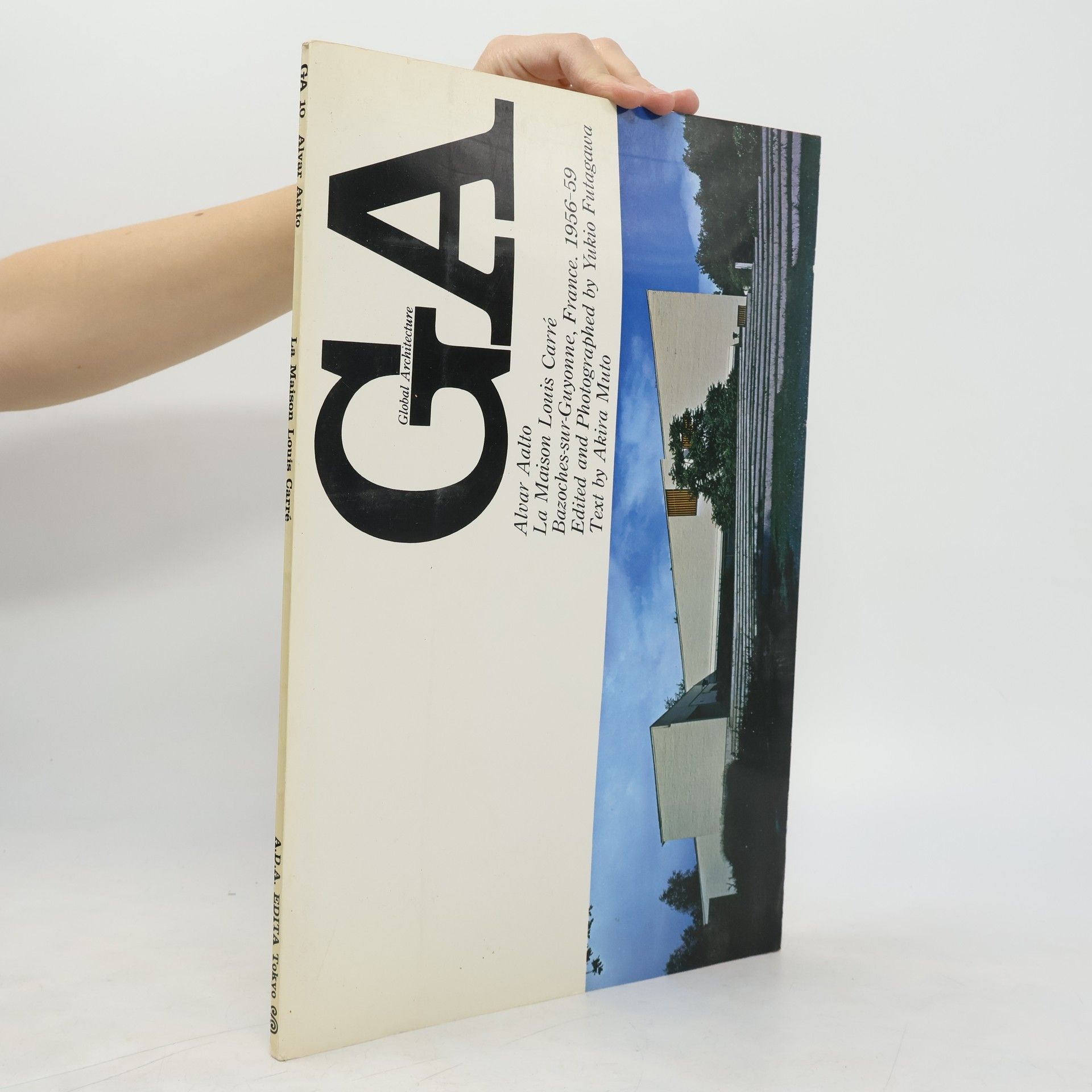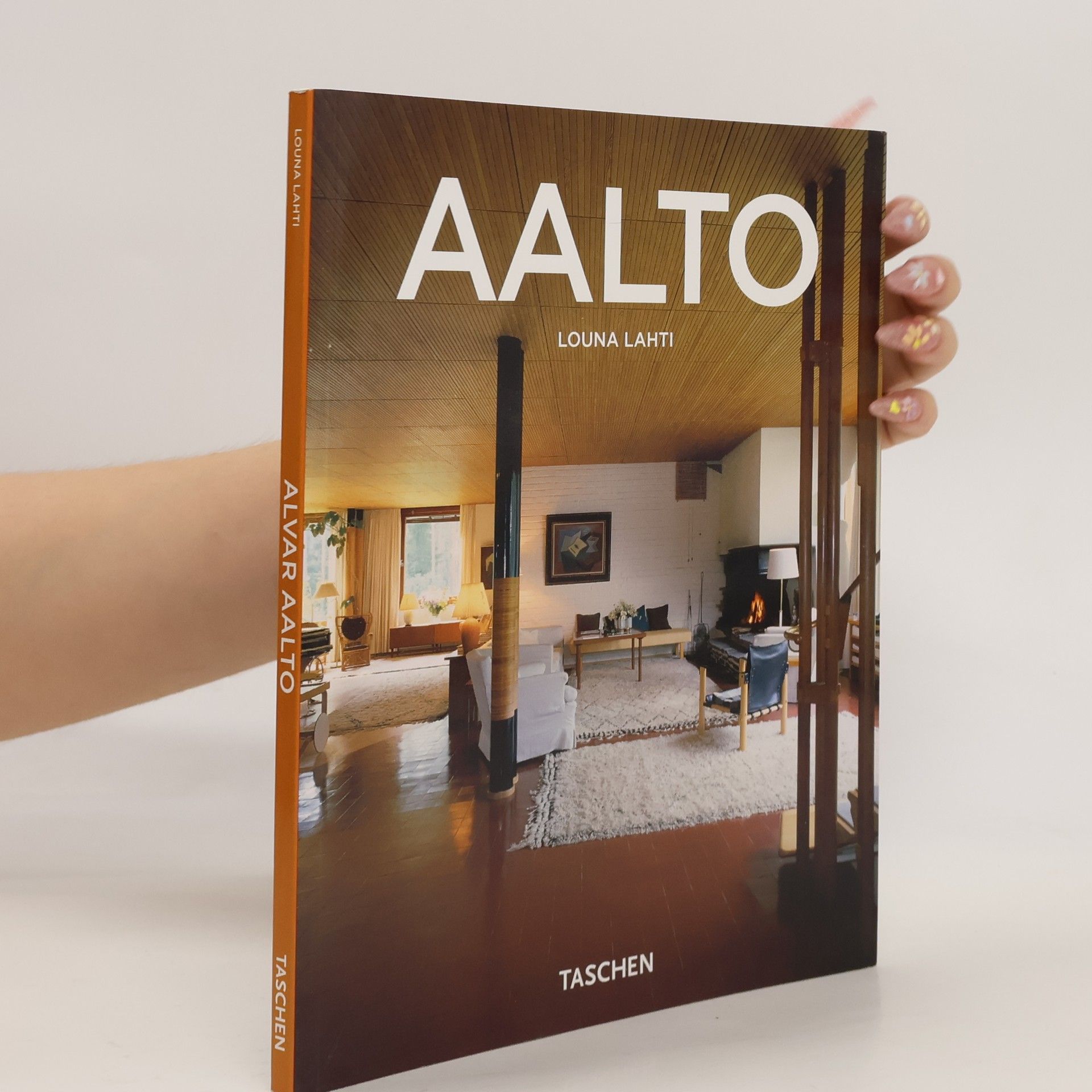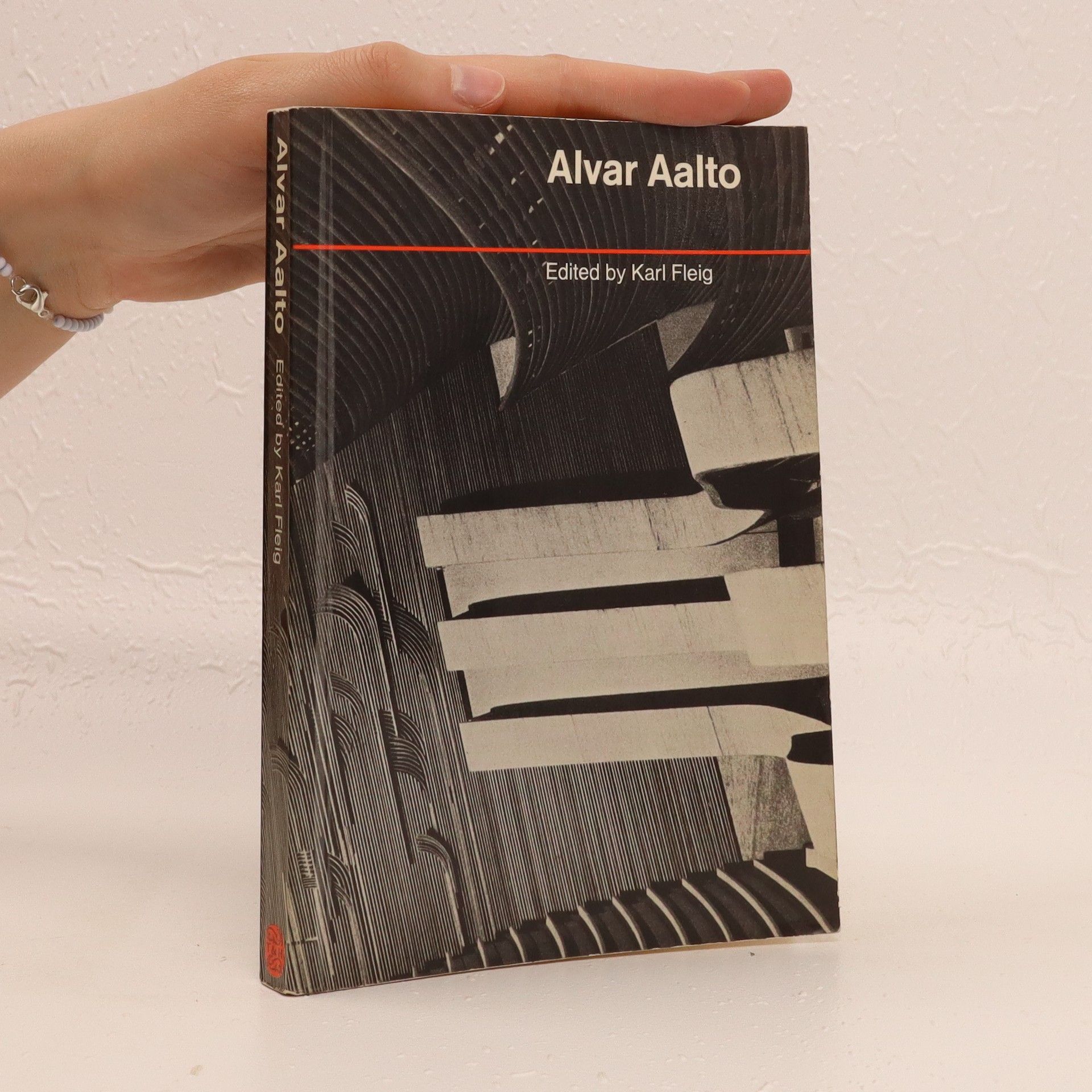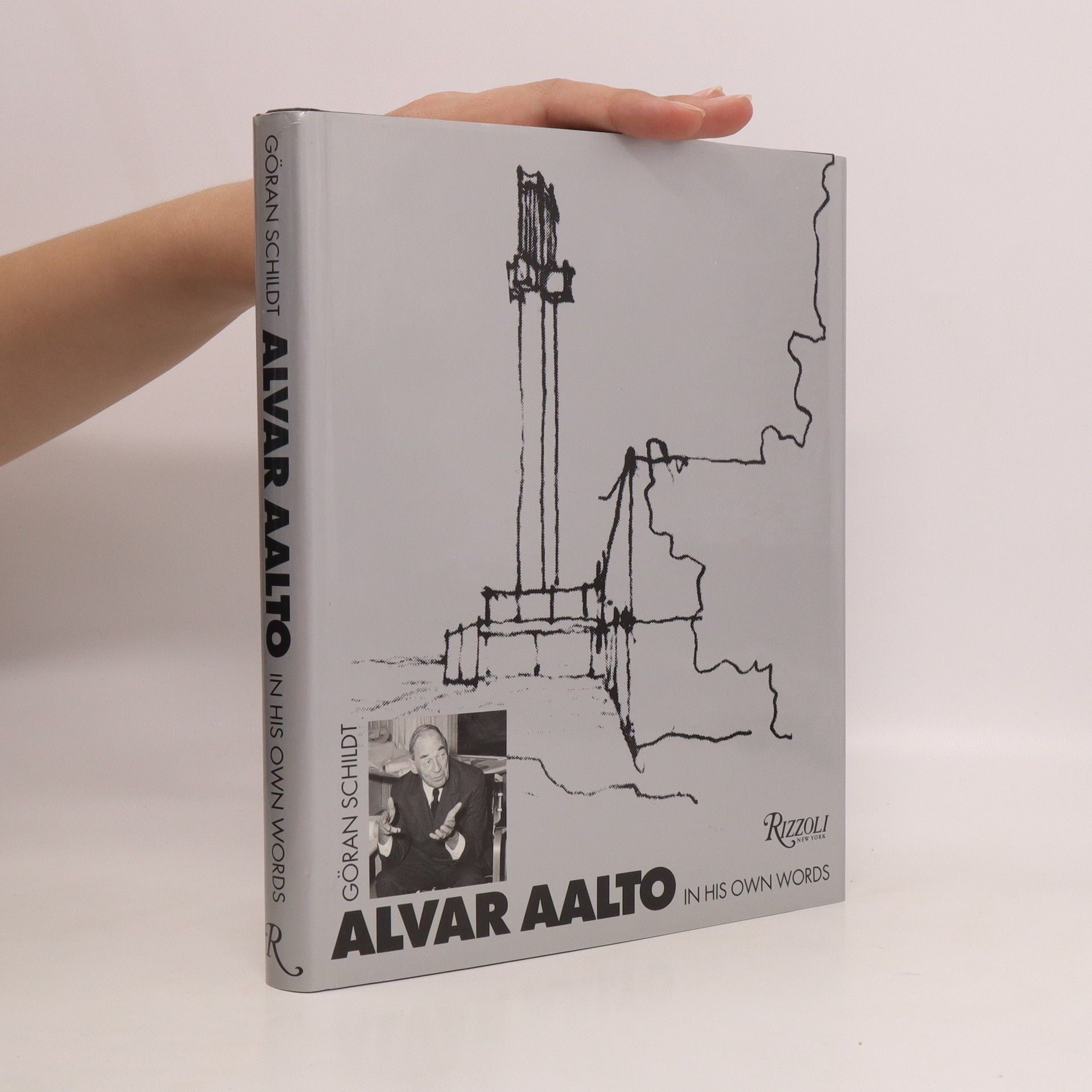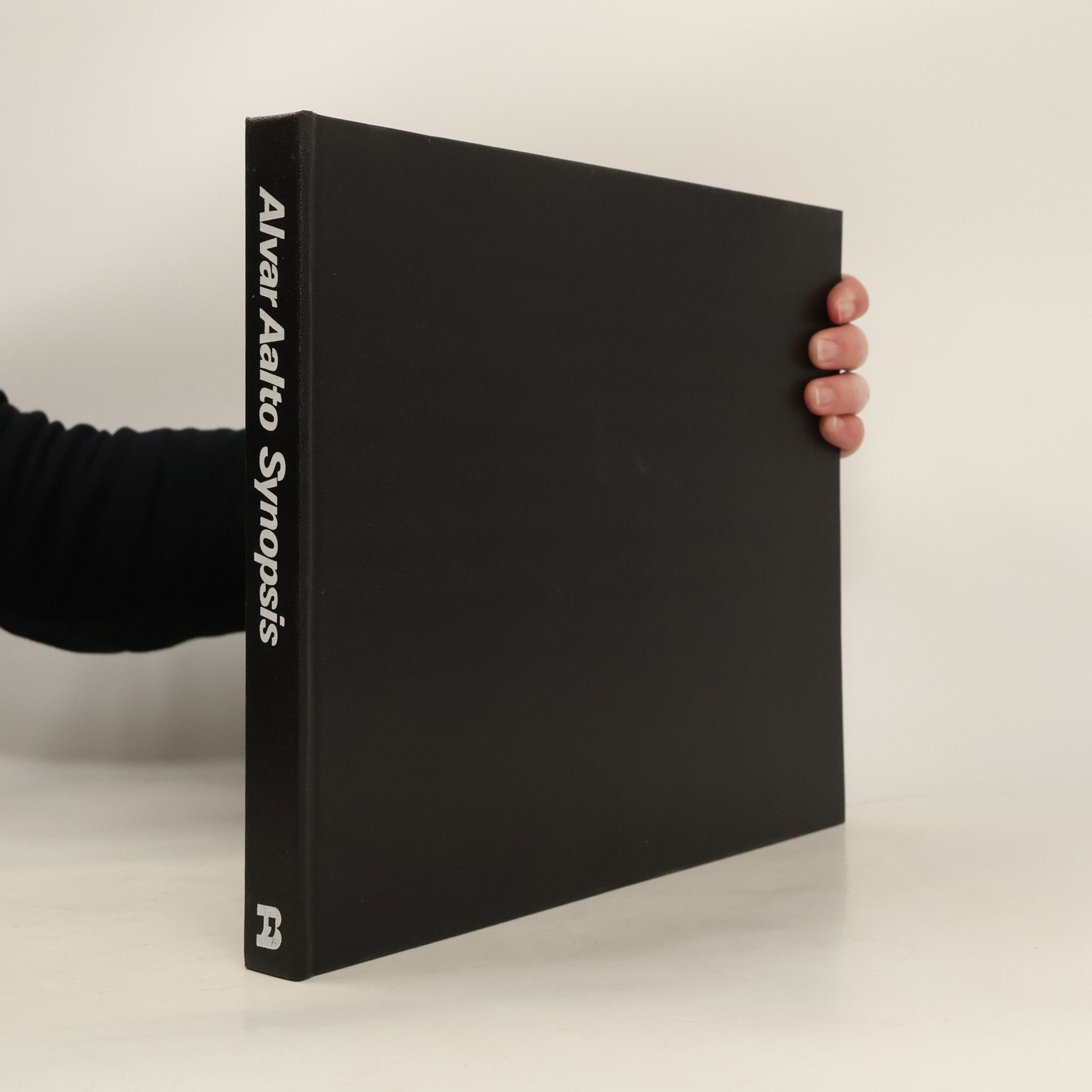Alvar Aalto, designer
- 240 pages
- 9 hours of reading
For the first time, an exciting volume that spans every aspect of the career of Alvar Aalto, one of the masters of 20th-century architecture and design. From Aalto s origins in Nordic Classicism through his International-style Modernism and finally to the breathtaking beauty and warmth of his late designs, the architect s work is showcased in this richly illustrated compendium, compiled by the experts at the Aalto Museum in Finland. Though Aalto died in 1976, his buildings stand as testaments to the balance and humanism of his vision. His beautiful yet practical furniture and home designs, from his free-form vases to his plywood stools, are immediately recognizable and still being produced using groundbreaking techniques that he developed. The only book of its kind, Alvar Aalto Designer takes the reader from lighting fixtures to living rooms, using original sketches and photographs of Aalto s chairs, lamps, and glassware. Aalto said, "We should work for simple, good, undecorated things, but things which are in harmony with the human being and organically suited to the little man in the street". This book weaves the designer s biography with examples of his life's work, showing how Aalto reached out to an international audience with his borderless, approachable, yet supremely elegant, style.
